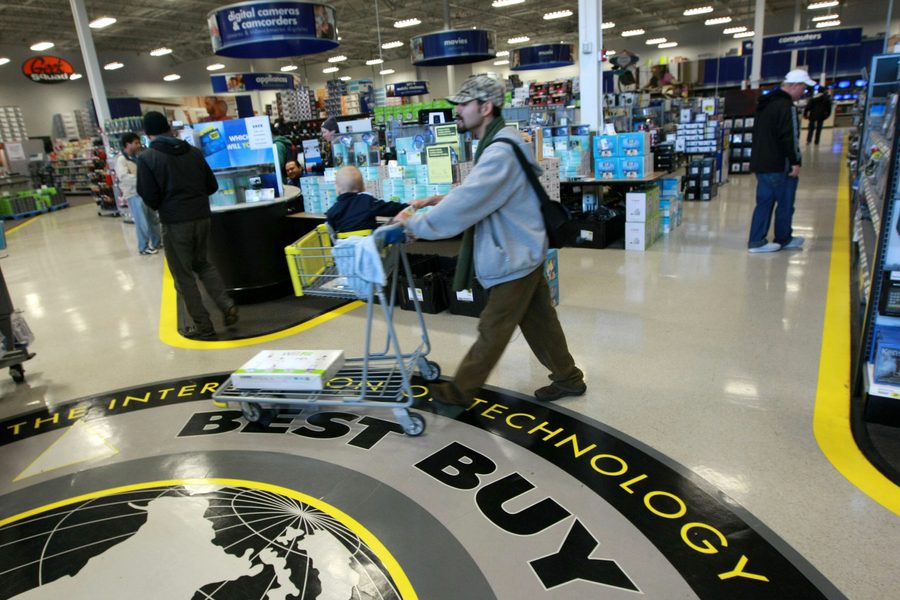
The Obama administration’s baffling reaction to the BP spill is perhaps matched only by the White House team’s complacency about the pervasive unemployment and lost buying power faced by working-class Americans.
Even though working Americans are still struggling to survive, there is a growing elite consensus — extending into the Obama Administration — that cutbacks in federal spending are now urgently needed.
Since the economic recovery is supposedly well underway based on an upturn in consumer spending of 3.6% that lifted the Gross Domestic Product 3.2% in the first quarter, the administration appparently believes it can ease up on deficit spending that would stimulate the economy.
But this line of thinking merely reflects how oblivious most of Obama’s economic team is to the Great Recession’s persistence in communities outside the Washington D.C. beltway and other enclaves of affluence. While the administration hailed an upturn in hiring of last month and increased consumer spending, the national unemployment rate for April rose to 9.9% because the slightly increased supply of jobs did not keep pace with the increasing size of the workforce.
SPENDING LIMITED SAVINGS
The news on America’s economic front is not very good once you drill down beneath the modest increase in consumer sprending. As former Labor Secretary Robert Reich points out:
Consider that almost eighty percent of the increase in GDP in the first quarter was due to the growth of consumer spending. Where did consumers get the money if their real hourly wage dropped? From drawing down their savings. Obviously, they can’t continue to do this.
The LA Times’ Don Lee explained that the sources feeding the upward blip in consumer spending are not exactly cause for celebration:
Much of the new spending has come not from America’s broad middle class but from a small slice of affluent people at the top…The surge in spending by upper-income Americans could be seen in the upturned sales of high-end cars, clothing and luxury services. Nieman Marcus, Mercedes and Morton’s restaurant, among other companies catering to the affluent, have prospered accordingly.
Meanwhile, sales at discount stores and fast-food restaurants are staying pretty flat. A study compiled by Bank of America/Merrill Lynch concluded, came to this conclusion, reports Reich:
42% of consumer spending before the meltdown came from the top-earning 10% of Americans (not too surprising given that the top 10 percent was raking in half of total earnings) and the top 10 percent continues to do relatively well. So, says Bank of America Merrill, we can rely on the spending of the top 10 percent to get the economy moving again
To the extent that working people are spending money, one source is their meager savings. But even more distressing is the other apparent source of spending: the worsening epidemic of home foreclosures that has “freed up billions of dollars in cash for consumers,” as Lee observes:
…some analysts calculate that another big chunk of the recent spending spurt has come from an even shakier source — delinquent homeowners who have more cash in their pockets because they’ve stopped making mortgage payments now that their houses are worth less than the loan amounts.
Thus, when you scrutinize the growth in spending and the GDP, it is coming from the fast-disappearing assets of desperate working families — who are running out of piggy-banks to raid — and the wealthy, whose spending habits are pegged to the highly volatile stock market. When the market goes down, they can pull back on their spending without missing any mortgage payments or skipping any meals.
WE’RE LOSING A STABLE MIDDLE CLASS
What’s missing as a source of stability is the role played by America’s middle class, the income of which has been historically rooted in the nation’s productive base.
But as the November mid-terms draw closer, the Obama administration’s window of opportunity to re-ignite broadly-based prosperity continues to close as it abandons the notion of large-scale job programs.
In 1994, the Clinton Administration’s central economic message to working people plagued by falling wages and job exports to Mexico, as progressive political strategist Steve Cobble memorably put it, translated to, “You’re actually doing better than you think you are.”
If that political message was a huge loser in 1994, then it can only generate even more massive resentment in November 2010 among people who would usually vote for a Democrat.








